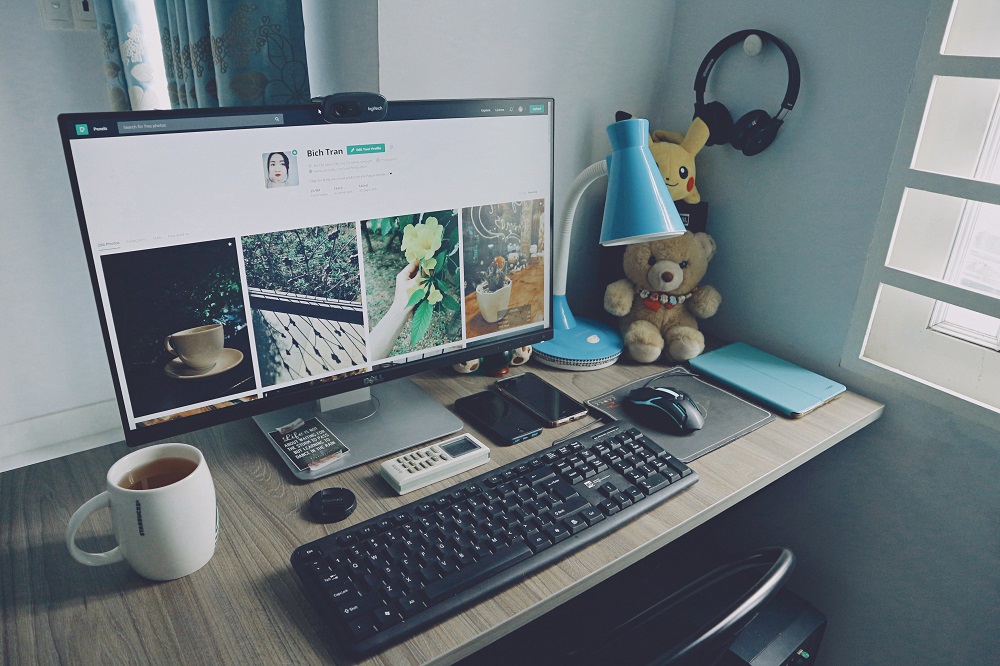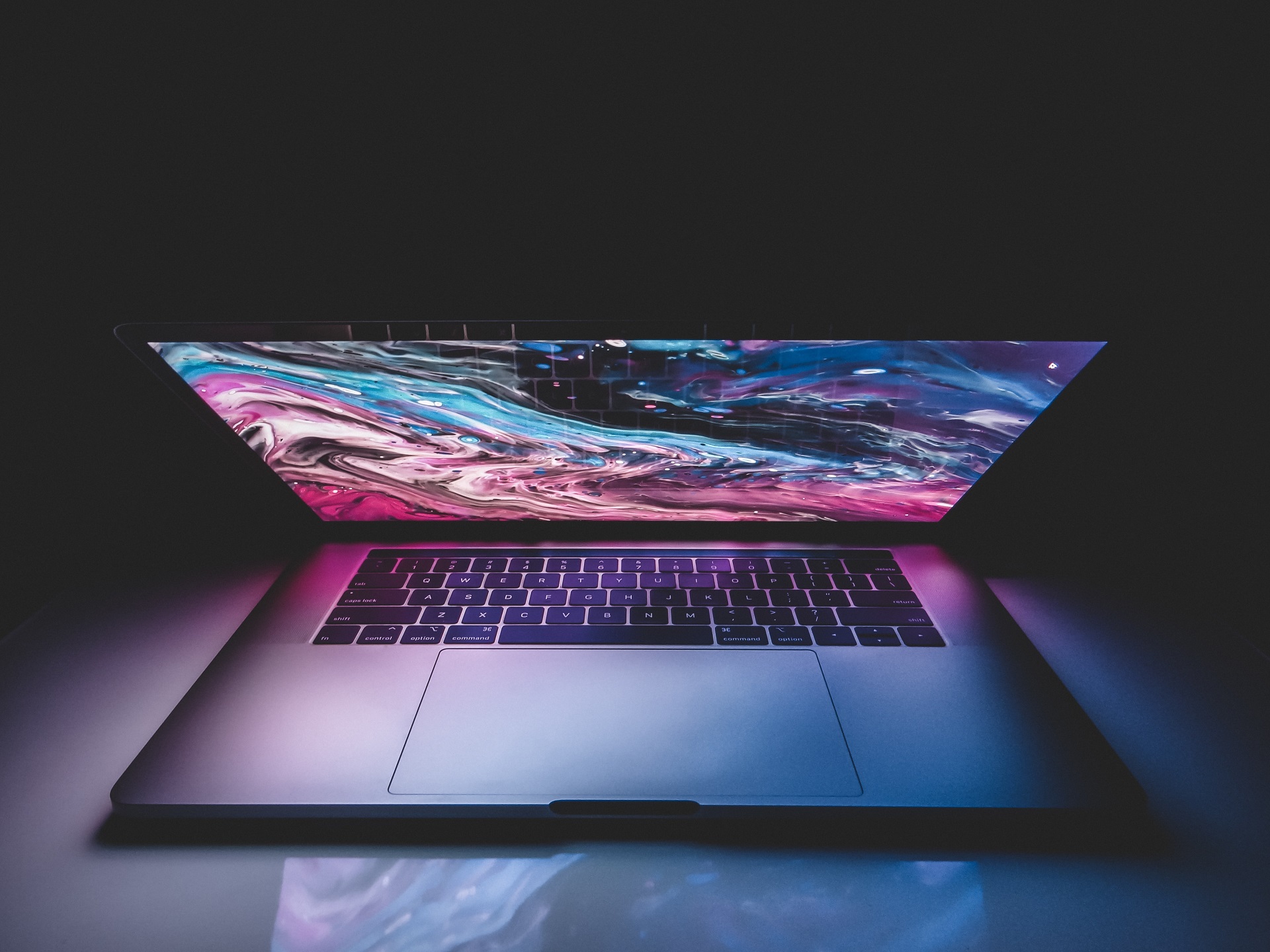
In the ever-evolving landscape of web design, the importance of visuals cannot be overstated. Images and videos are not just decorative elements; they are powerful tools that can significantly impact user engagement, convey information effectively, and create memorable experiences. In this article, we will delve into the profound influence of visuals in web design and explore how to leverage them effectively to enhance your website’s appeal and functionality.
The Visual Web: A New Paradigm
The internet has come a long way from its text-based origins. Today, it is a visual medium where aesthetics and user experience play pivotal roles. Visuals are the first thing visitors notice when they land on a website. They instantly convey the website’s identity, message, and purpose. Here’s why visuals matter so much in the digital realm:
1. Immediate Impact
The human brain processes visuals 60,000 times faster than text. This means that your website has just a fraction of a second to make a positive impression on visitors. A visually appealing design can capture their attention and encourage them to explore further.
2. Enhanced Communication
Visuals are a universal language. They can communicate complex ideas and emotions without the need for words. Whether it’s a powerful image, an informative chart, or an engaging video, visuals can convey information more effectively than text alone.
3. Increased Engagement
Engagement is the lifeblood of any website. Visual content, such as high-quality images and engaging videos, can keep visitors on your site for longer periods. This increased dwell time can lead to higher conversion rates and better search engine rankings.
4. Memorability
People remember visual content better than text. If your website includes memorable visuals, visitors are more likely to remember your brand and return in the future.
5. Differentiation
In a crowded online landscape, it’s essential to stand out. Thoughtful use of visuals can differentiate your website from competitors, making it more memorable and unique.
Now that we understand why visuals matter, let’s explore how to harness their power in web design.
The Role of Images in Web Design
Images are a fundamental component of web design. They can serve various purposes, from setting the tone and mood to conveying information and guiding user attention. Here’s how to make the most of images in your web design:
1. High-Quality Imagery
Quality matters. Use high-resolution images that are sharp and clear. Grainy or pixelated images can make your website appear unprofessional. Invest in quality photography or use reputable stock photo websites for your visuals.
2. Relevance and Purpose
Every image on your website should have a purpose. Ask yourself what each image is meant to convey or achieve. Avoid using visuals just for the sake of decoration; they should support your content and message.
3. Consistency
Maintain consistency in your image style throughout your website. Consistency in color schemes, image styles, and proportions creates a cohesive visual identity and enhances user experience.
4. Optimization
Optimize your images for the web to ensure fast loading times. Large image files can slow down your site and lead to a poor user experience. Use image compression tools to strike a balance between quality and file size.
5. Accessibility
Ensure that your images are accessible to all users, including those with disabilities. Use alt text to describe images, making it easier for screen readers to convey the content to visually impaired users.
6. Responsive Design
Design your website with responsiveness in mind. Images should adapt to various screen sizes and orientations, ensuring a seamless experience for users on different devices.
7. Hero Images
Consider using hero images or banners at the top of your webpages to create a strong visual impression. These images should represent the essence of your content or brand.
8. Image Galleries
For businesses or portfolios, image galleries can be a powerful way to showcase your work or products. Implement intuitive navigation and make it easy for users to view and interact with the images.
The Influence of Videos in Web Design
While images are essential, videos take web design to the next level. They offer a dynamic and interactive experience that can captivate and inform your audience. Here’s how to effectively use videos in your web design:
1. Homepage Videos
A video on your homepage can quickly convey your brand’s story, products, or services. Use concise and engaging videos that auto-play (with sound muted) to grab visitors’ attention without overwhelming them.
2. Tutorials and How-Tos
Videos are an excellent way to provide tutorials or step-by-step guides. Whether you’re showcasing a product’s features or explaining a complex concept, videos make learning easier and more engaging.
3. Testimonials and Case Studies
Videos featuring satisfied customers or in-depth case studies can build trust and credibility. Hearing real people share their positive experiences with your product or service is incredibly persuasive.
4. Background Videos
Background videos can create a captivating visual backdrop for your website. Use them sparingly and ensure that they don’t distract from the main content.
5. Video Headers
Video headers are becoming increasingly popular in web design. They offer a dynamic and attention-grabbing introduction to your website. Make sure the video content is relevant to your brand and message.
6. Video Blogs (Vlogs)
Consider adding a vlog section to your website, where you regularly share video content related to your industry or niche. This can help establish your authority and keep your audience engaged.
7. Interactive Videos
Interactive videos, where viewers can make choices that affect the storyline or outcome, can create an immersive and memorable experience. These are especially effective for storytelling or gamification purposes.
Best Practices for Using Visuals in Web Design
To harness the power of visuals effectively, follow these best practices:
1. Balance and Consistency
Maintain a balance between text and visuals. Too many visuals can overwhelm users, while too much text can make your site appear dull. Consistency in style and tone is key to a cohesive design.
2. Mobile-Friendly Design
Ensure that your visuals are optimized for mobile devices. Mobile users make up a significant portion of web traffic, so it’s crucial to provide them with a seamless experience.
3. Loading Speed
Optimize images and videos for fast loading times. Slow-loading visuals can frustrate users and lead to high bounce rates.
4. Branding
Use visuals that align with your brand identity. Your visuals should reflect your brand’s values, personality, and message.
5. A/B Testing
Experiment with different visuals to see what resonates best with your audience. A/B testing can help you determine which images and videos lead to higher engagement and conversions.
6. Legal Considerations
Be aware of copyright and licensing issues when using visuals. Always use images and videos that you have the rights to or those available under appropriate licenses.
7. User Experience (UX)
Prioritize user experience in your visual design. Ensure that visuals enhance usability and don’t hinder navigation or content consumption.
In the digital age, visuals are the cornerstone of effective web design. They have the power to capture attention, convey information, and create memorable experiences. By incorporating high-quality images and engaging videos into your website, you can enhance user engagement, build brand identity, and differentiate yourself from competitors. Remember to follow best practices for visual design, prioritize accessibility, and continuously test and optimize your visuals to ensure a stellar user experience. In doing so, you can harness the full potential of visuals and elevate your web design to new heights.
Generated by ChatGPT
